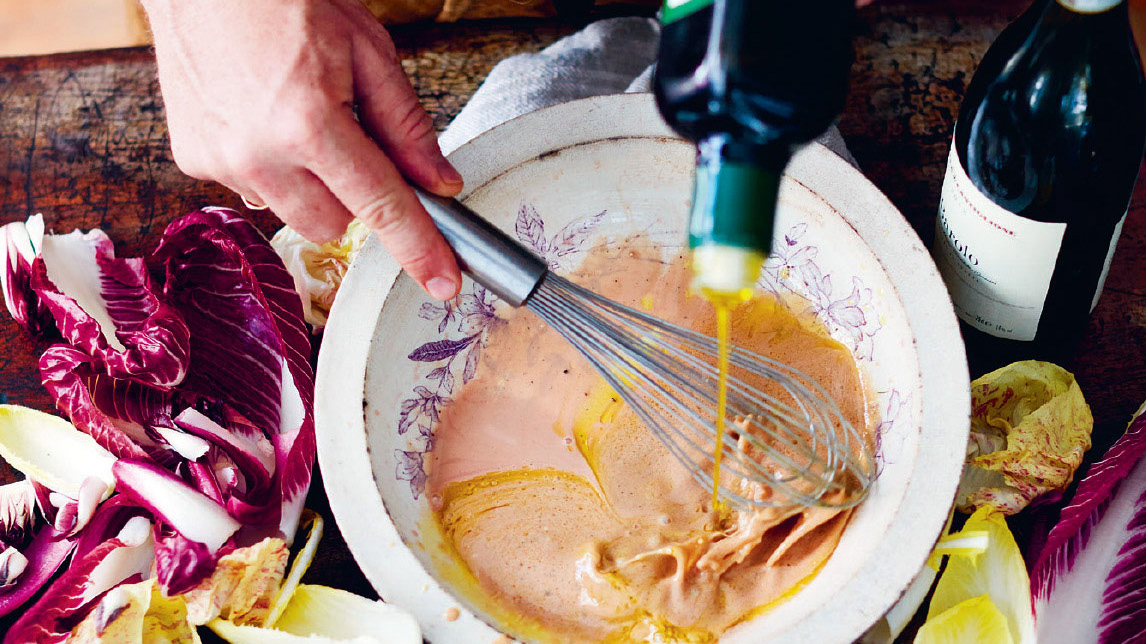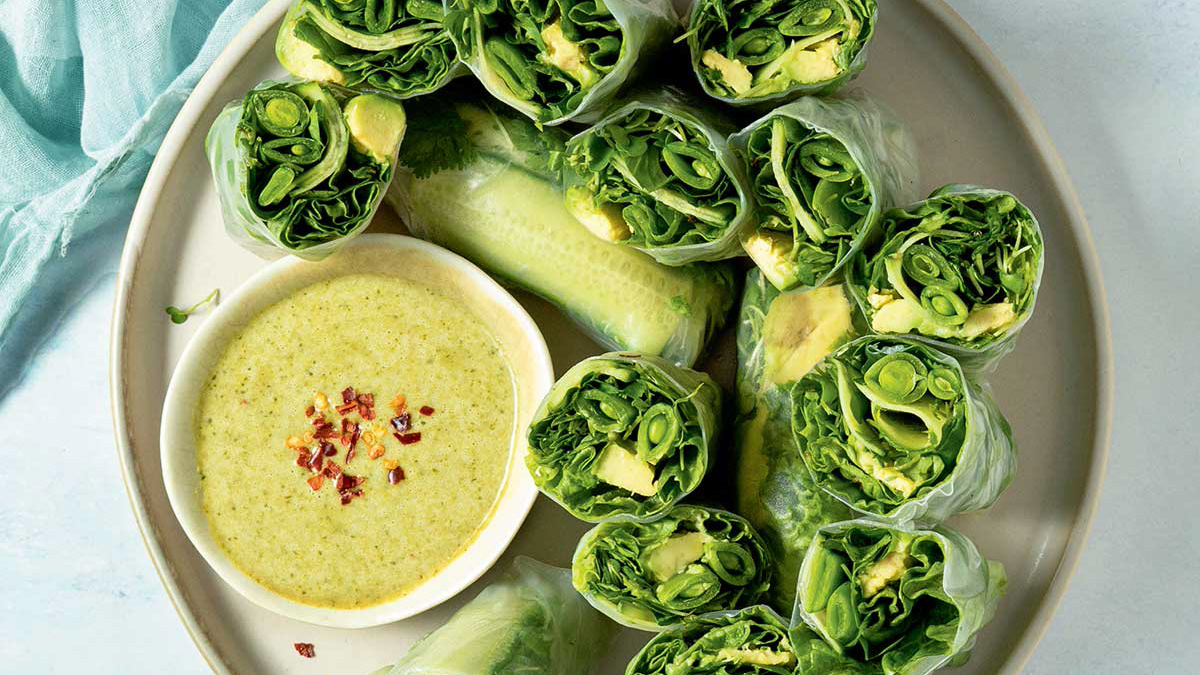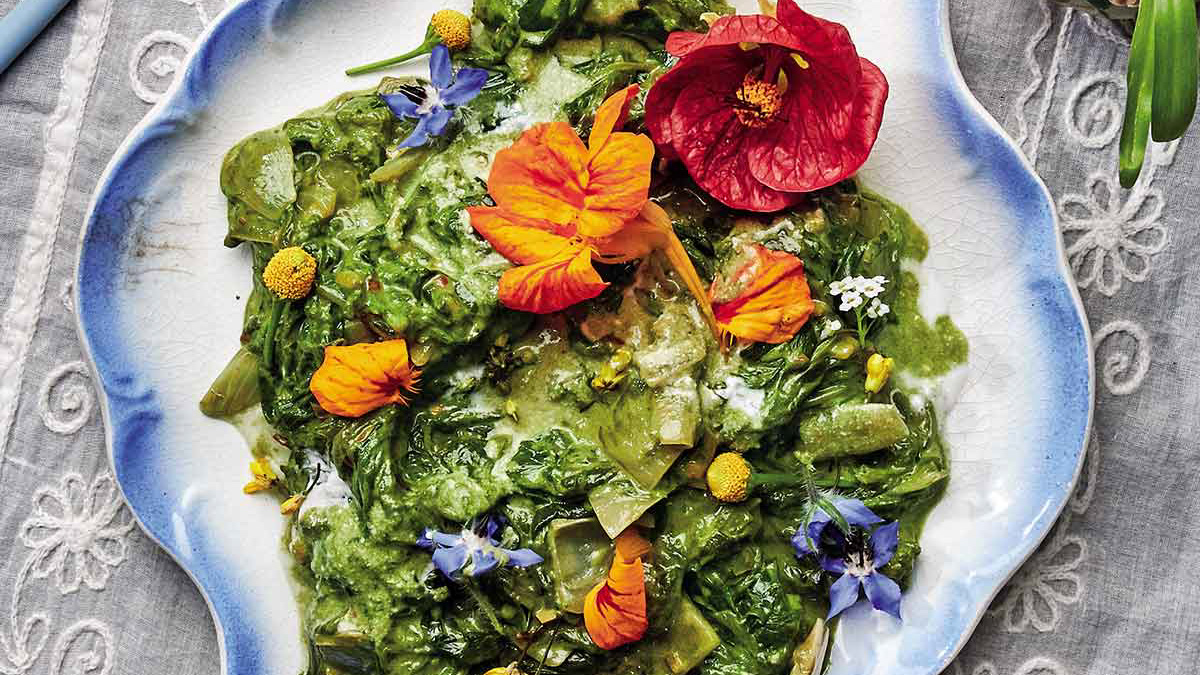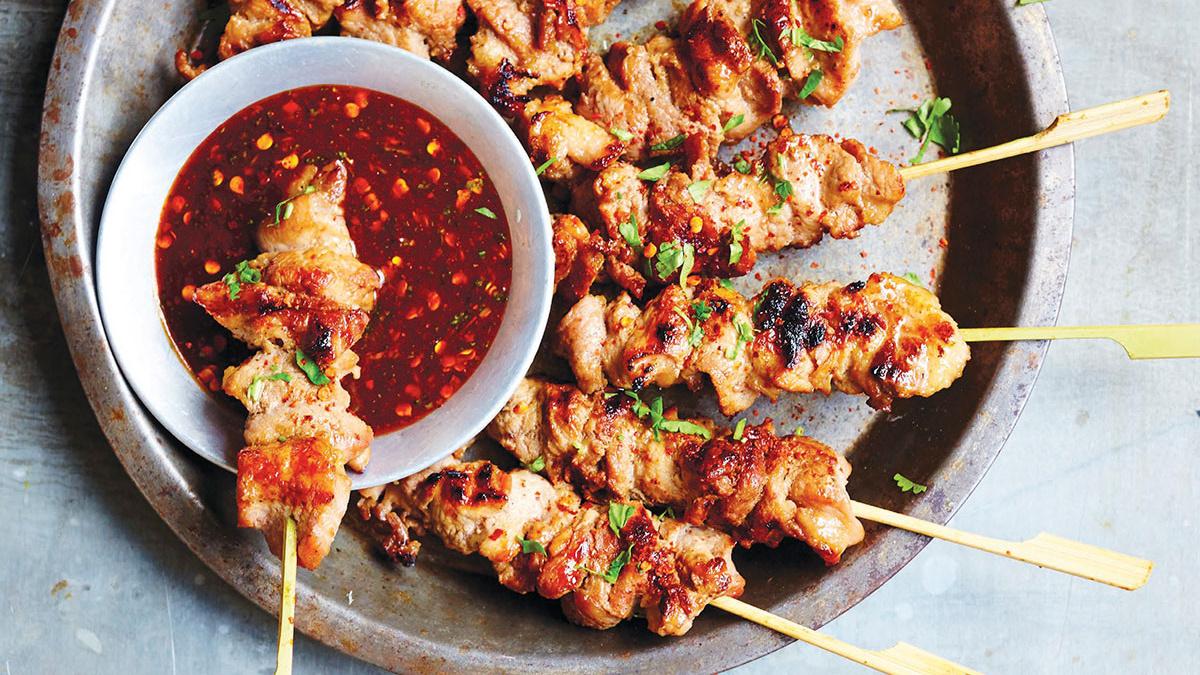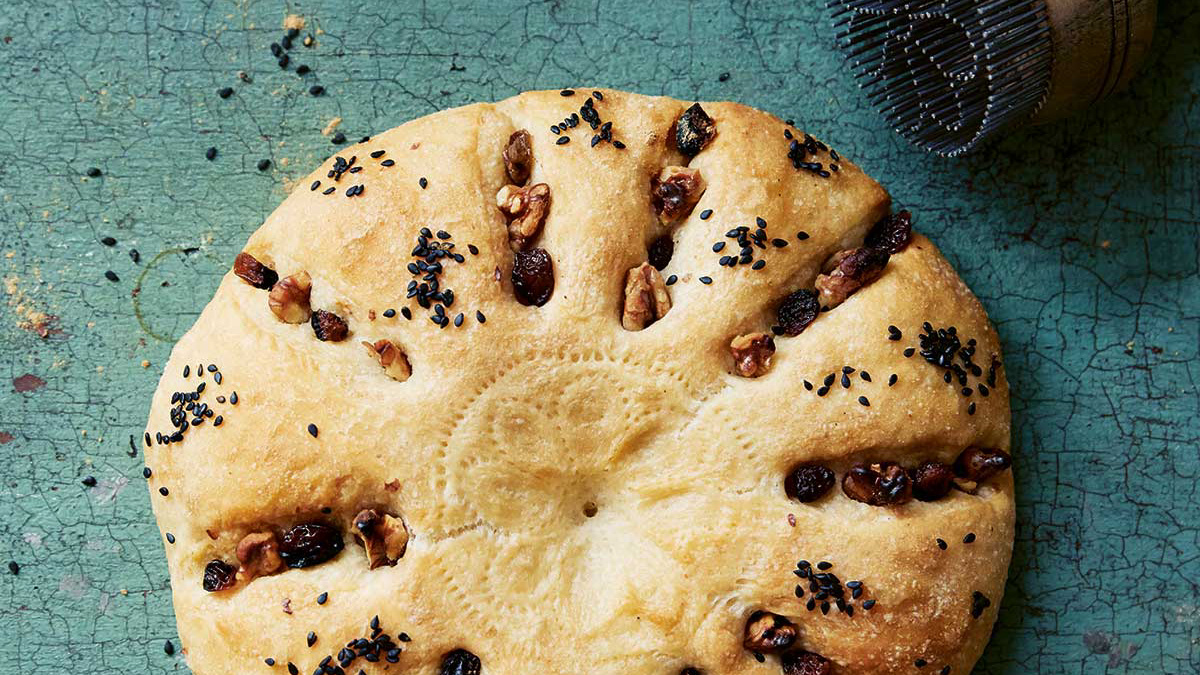PHOTO: Christopher Lewis/for Postmedia News; Chefs Alex Atala, left, and Daniel Patterson are pictured in Toronto on October 15, 2013.
Laura Brehaut/Postmedia News
Originally published on October 21, 2013; canada.com
Originally published on October 21, 2013; canada.com
Eating an ant perched atop a cube of pineapple can be challenging. Renowned Brazilian chef Alex Atala of D.O.M. in São Paulo acknowledges this but he also points out that we consume insects every day – in peanut butter, chocolate, strawberry yogurt – we’re just not necessarily aware of it. In D.O.M.: Rediscovering Brazilian Ingredients (Phaidon Press, 2013) Atala highlights his nation’s gustatory diversity; something that he has dedicated his work to since opening D.O.M. in 1999.
“It’s not easy eating one ant; one ant is a challenge. Something in you says ‘This is not edible,’” Atala says in an interview. “It can be even worse. We drink milk; it’s a secretion of another animal. We eat honey, which is the secretion of an insect. Cultural barriers sometimes are a block – a mental block that we have and we probably don’t know that we have, so we always try to push this on our menu.”
American chef Daniel Patterson of two-Michelin-starred Coi in San Francisco (as well as Plum, Haven and Alta CA), who authored Coi: Stories and Recipes (Phaidon Press, 2013) and is friends with Atala says he found great inspiration in a visit to D.O.M. “That ant inspired a lot of us. I remember being out in my garden and this one kind of flower had ants on it. Before I would have been annoyed but now I’m like, ‘Oh, that’s pretty good!’” Patterson says. “I think that’s what [readers] can get out of Alex’s book; a sense of curiosity and discovery, and kind of openness to the world. I think that’s what we both hope to bring.”
Atala stresses that they always ask guests at D.O.M. if they are open to new ingredients, such as ants, before they serve them. After all, food should be fun and pleasurable even when facing cultural barriers. The ants served at D.O.M. in such dishes as ‘Ants and pineapple’ and ‘Langoustine with mini rice and ant powder’ are of course a specific variety – saúva ants from the northernmost tip of the Amazon. Atala was introduced to them by a cook named Dona Brazi, who uses the ants as a spice to season her dishes. Atala likens the flavour of Brazi’s ants to lemongrass with undercurrents of cardamom and ginger; these ants are consumed not as a protein supplement but as a delicacy.
Atala is quick to point out that he didn’t discover any of the ingredients in his cuisine; rather his work at D.O.M. entails a rediscovery of indigenous and Amazonian produce. Behind every ingredient is a person; a producer, anthropologist, or someone he meets through his research. Likewise, Patterson works closely with local farmers and producers at Coi, which he opened in 2006. His book highlights the exchanges he’s had over the years in essays alongside each recipe, and his exploration of international ingredients that are cultivated in California by its diverse inhabitants.
“San Francisco is built on immigrants; since the Gold Rush when everyone came from all over the world and they brought their seeds with them,” Patterson says. “When I go to a market I have the whole world in a way, and so what I do is I try and learn ‘How are these ingredients treated in their own culture and their own place?’ And then we adapt them.”
He gives the example of a dish that was on the menu at Coi in 2011 – Dungeness Crab and Beef Tendon Soup with Asian pear and finger lime. The soup is based on traditional European bisque and incorporates finger limes, which are indigenous to Australia, and beef tendon, which is used in Asian cuisines. “What do you call it? I don’t know. I call it American food because we have a very polyglot culture as opposed to a culture like Brazil, which is like a tree that grows from one root. We’re just like a bunch of weeds that get thrown in one place and they all just spring up and curl around each other. So I think our food does express our culture but our culture is still in the process of making itself,” Patterson says.
Atala has formalized his relationship with Brazilian ingredients and producers through the creation of ATÁ Institute – an organization that promotes sustainability and fair trade practices throughout the food chain. He explains that it was during a backpacking trip in Europe in the ‘80s that he decided to become a chef. He worked in Belgium, France and Italy, and came to the realization that he would never be able to cook European food as well as someone who was born and raised there. “The difference between the good, the very good and the exceptional is basically in your lifetime of tasting,” Atala says.
Once Atala decided to put his main focus on Brazilian ingredients, he started his own research as the vast majority are not available in markets. He describes his initial process of going to Amazonas (a Brazilian state almost entirely covered by the Amazon rainforest) as “a very non-logistical way to bring those ingredients to my restaurant.” As his relationships with producers grew deeper, he began to see that there was potential for something bigger than a single restaurant.
“First of all, everybody knows about natural conservation. Everybody knows that we need to protect rivers, sea, land, forests; we can’t forget the natural being, which is the human being,” Atala says. “People from the forest, people from the sea, they might be supported as well. The food chain can be a very powerful weapon.” Through work with Baniwa peoples and other indigenous groups, ATÁ Institute strives to create a market for ingredients such as Amazonian fruits and river fish, which Atala believes to be undervalued or forgotten in Brazil, and also to inspire young chefs.
“As chefs we have been trained to see into the dish. Now it’s time to understand not only the dish, the kitchen section, the whole entire kitchen, the whole entire restaurant but the big picture, and to show people that Brazilian ingredients are a possible dream for Brazilian people,” Atala says. Patterson points to the work of internationally celebrated chefs such as Gastón Acurio in Peru, René Redzepi in Denmark, and Enrique Olvera in Mexico as evidence that restaurants today have more opportunities to shift cultural perception than at any other time in history.
The value proposition is changing; people are starting to believe that their own ingredients should have the highest value – a position long held by imported ingredients. Patterson relays a conversation he had a few years ago with a chef in Lima about people’s willingness to pay for Peruvian potatoes grown at 4,000 metres; an extraordinary, unique ingredient. The feeling was that if people were spending money, they wanted to have European food; Peruvian food was perceived as being cheap. “But now that’s changing and one of the ways it’s changing is through food and people’s interest in food,” Patterson says. “I think that’s an incredibly positive thing that’s happening around the world. The biggest effect is that people within the country have more pride and more sensitivity to their own place and what can be discovered in their own place.”

